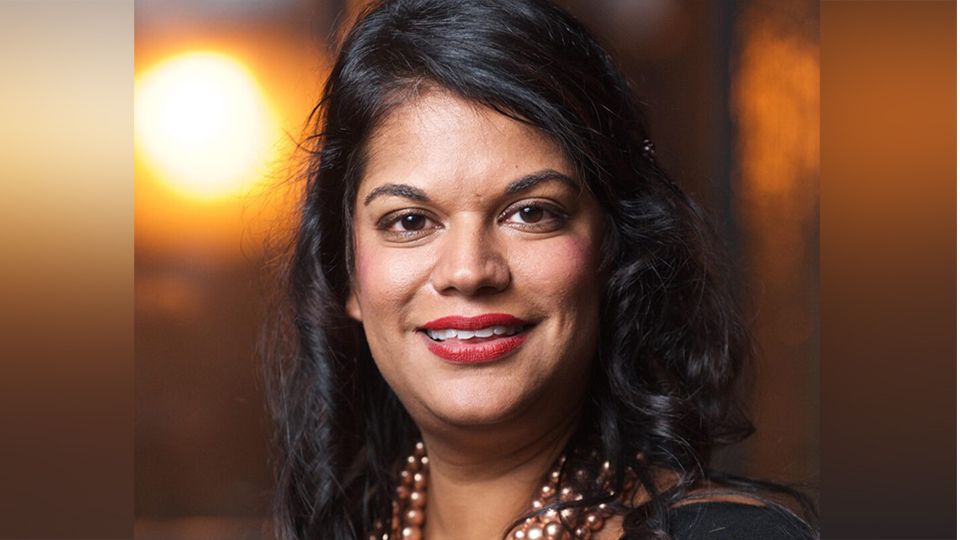The business case for why we need greater gender diversity amongst leaders and decision makers and the reasons for why we currently do not have this in many industries, politics and sport have been discussed, analysed, and well documented particularly over the past five years.
Unfortunately, there is no one silver bullet to fix the problem the investment industry faces because it is one that humanity faces together.
For the investment industry this means many gaps – investing, pension, pay, advice, data – leading to a compounding of inequalities. It also leaves the investment industry facing the possibility of missing billions, if not trillions of pounds worth of investment as more and more women turn away from traditional investing. Less than 30% of women in the UK invest, compared to 46% of men, while in 2018, the value of investments held by women aged 21 – 53 was half that of men in the same age group and only one in 10 portfolio managers in the UK are women.
In 2018, City Hive submitted a five-point plan to the UK’s Treasury Select Committee on tangible steps investment firms could take to improve gender diversity. These were:
- Attract talent through education
- Re-think recruitment
- Embrace flexible working
- Unblock the middle management bottle neck
- Improve talent retention.
But how far have we come? Well that depends on your time horizon. Over the past 2,000 years we have not come very far but over the past five years we are seeing all of these measures being implemented in some degree in many firms across our industry. And there is still more to do when we consider that women were not even allowed into the London Stock Exchange until 50 years ago.
What can you do today?
Continue to develop the women talent pipeline. At all career levels, across all job functions, women continue to be underrepresented in investing. Industry-wide, the higher the position, the lower the female population. To retain and empower existing women talent in our workforce, whilst encouraging and attracting the brightest and best new recruits, we need to meaningfully cultivate the female talent pipeline through areas such as mentoring, training, professional development.
Putting the ‘S’ in ESG. Creating a more equal, more inclusive financial system that everyone can benefit from adheres to ESG values and demonstrates our commitment to being a more responsible industry. So, while many of our conversations rightfully lie around making our teams and workplaces more diverse, why not also think about inclusivity when it comes to the products and advice we offer, and the investors we target. ‘
Fill the relatability gap. Research suggests around 80% of relevant purchasing decisions are made by women, and, most crucially, women will switch off if adverts negatively stereotype them. A 2017 study by the Geena Davis Institute showed the way women are portrayed in advertising hasn’t improved in a decade.
Ensure that all product marketing (and where possible development) is integrating diversity within its approach, not trying to retrofit. People want to see themselves positively and realistically represented and they want to see how they can control their own narrative towards financial security. This could include looking at role models in the same age or income age bracket and potentially using the growing market of social media influencers.
Fearless Woman photograph competition
On the 23 March 1973 women were admitted to the London Stock Exchange for the first time in the institution’s 200-year history. As part of the City Hive Fearless Woman Campaign, a year-long campaign celebrating the 50th Year of Women investing, we have launched a photography competition to create an up-to-date and dynamic bank of photographic assets to better represent what a women investor is or could be.
See also: – All the Fearless Woman campaign articles
You can’t be what you can’t see. When people aren’t reflected authentically in the media they consume and the world they move through, they switch-off and become disengaged. Women are targeted in a very stereotypical and general way when it comes to investing and financial advertising.
The competition is open to the public as well as those in the investment industry in the hope of developing a collection of relatable, expressive, inspiring shots that give a truly balanced view of who women are that invest in 2022. The photos will be donated to the free-to-use image-sharing platform unsplash.com where advertisers, marketeers, PRs, and the wider world will be able to access a wealth of photos showing real women investing which will better reflect what the investing world looks like.
The competition closes on the 31 January and the winner will be announced in March whereby an event will be held to celebrate the 50th year.
Prizes: Accounts with a sum of money to start your investment journey on The Big Exchange ethical investment platform.








